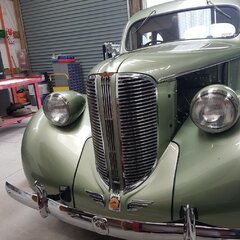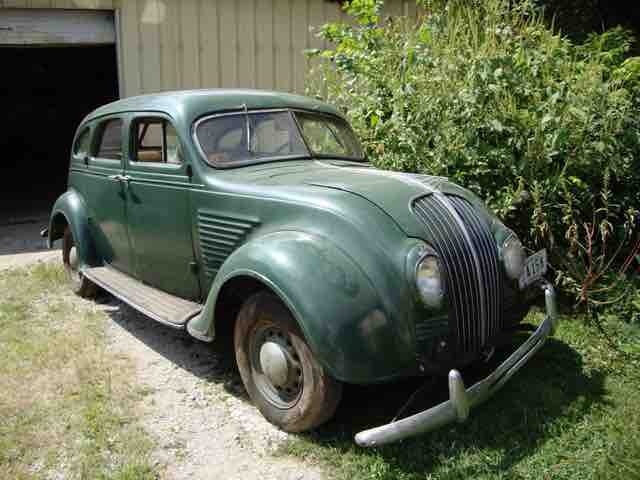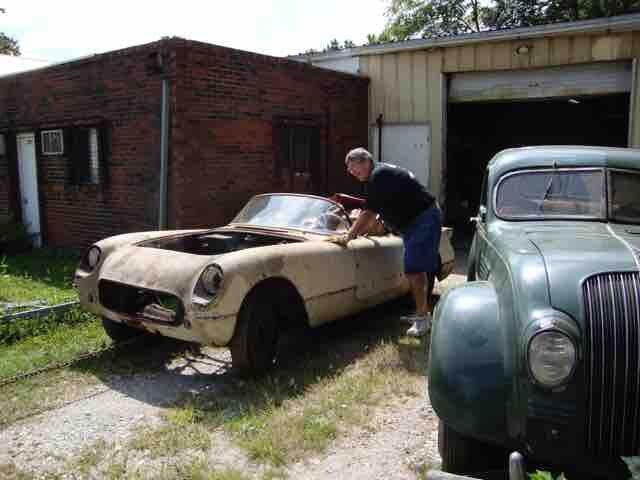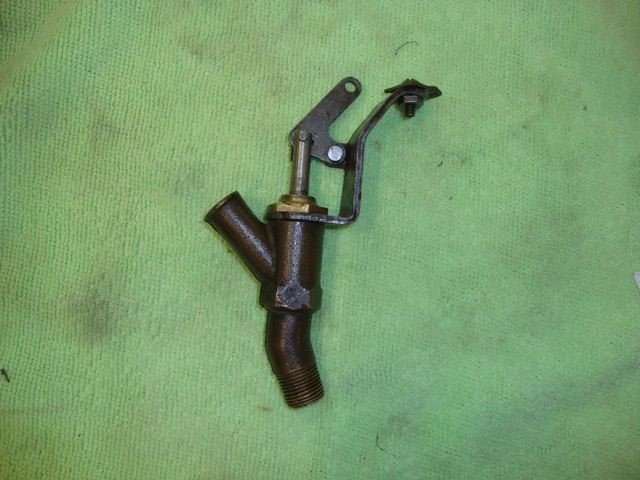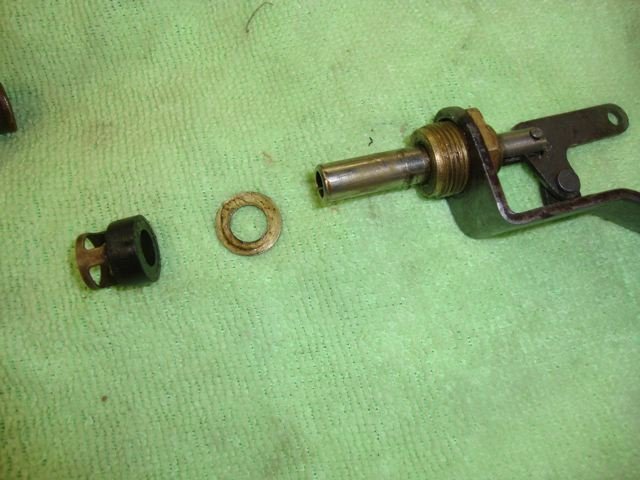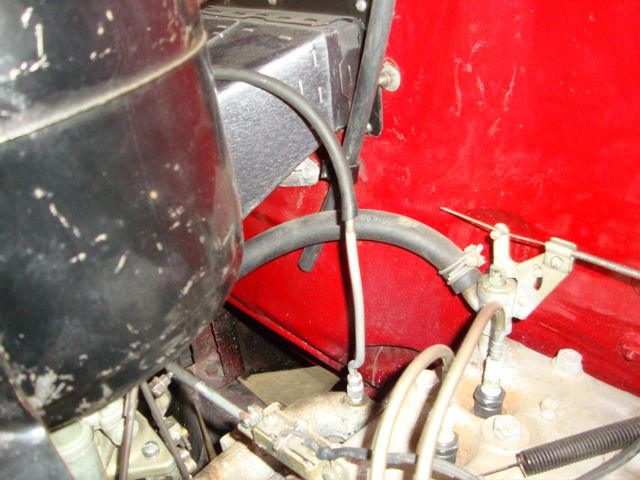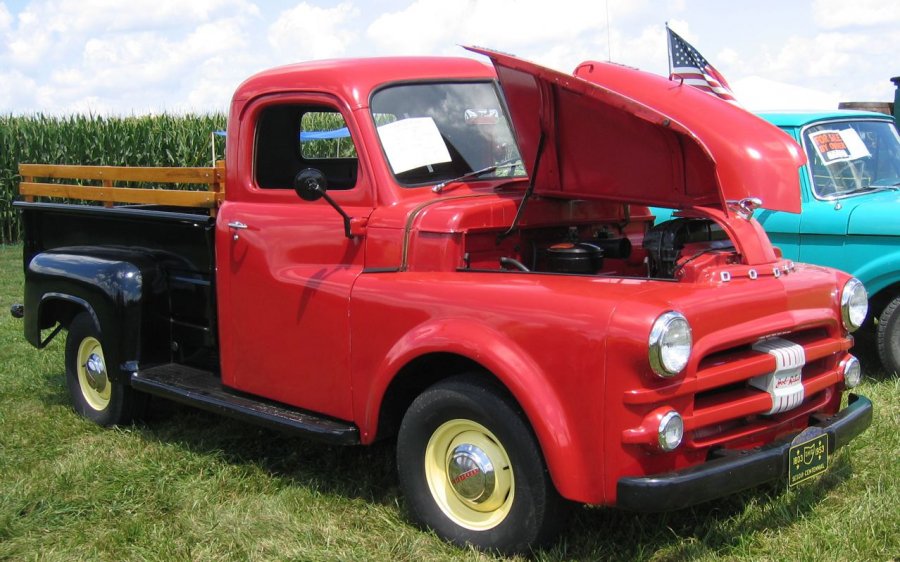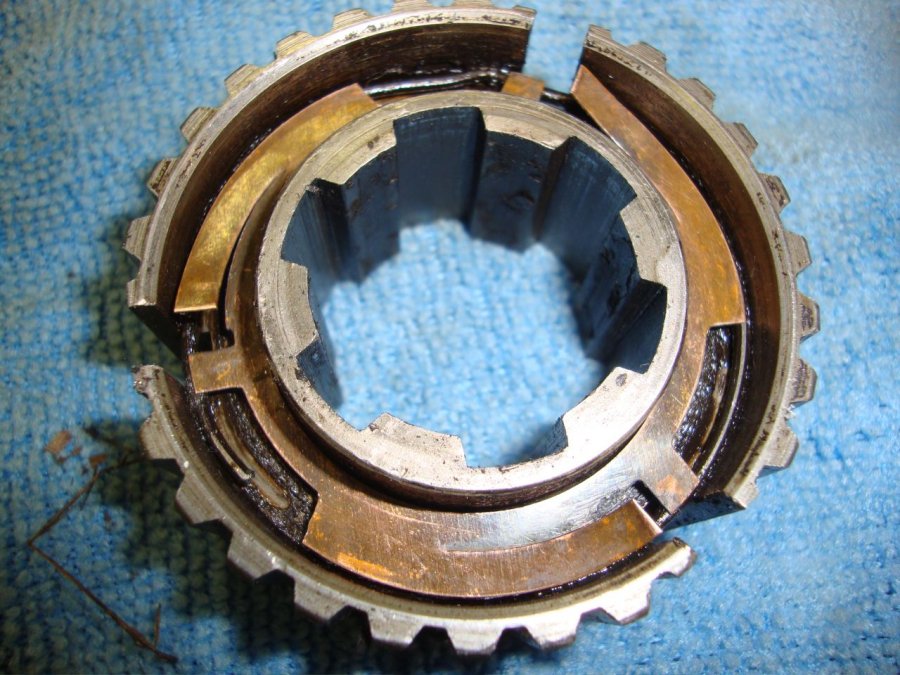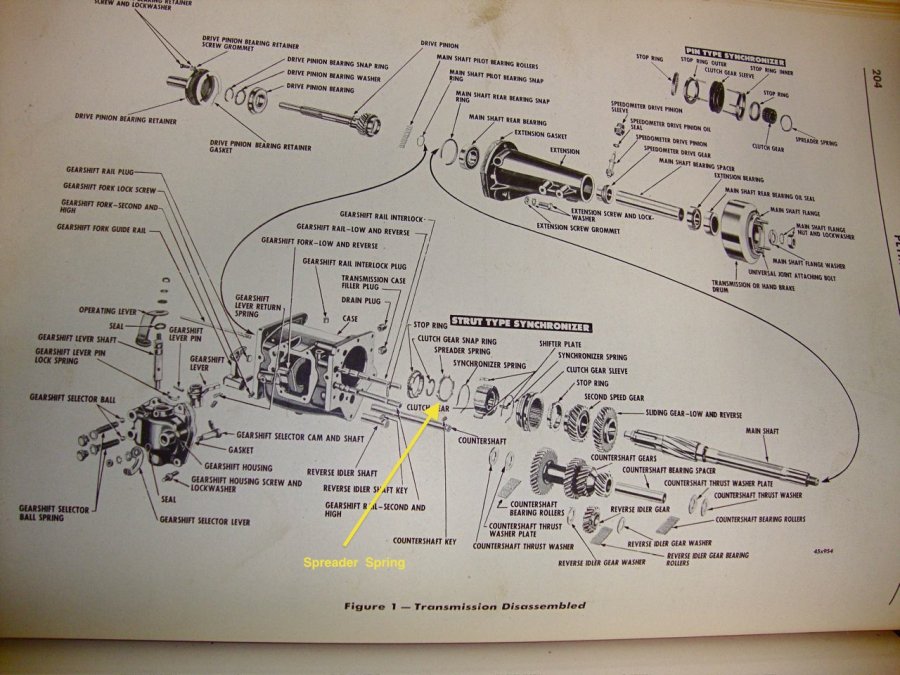-
Posts
115 -
Joined
-
Last visited
-
Days Won
2
-
Thanks for the pictures/information. I did look on eBay and found a very very expensive valve. Probably the same one you were looking at. I can't even imagine how that valve can be worth the amount being asked. Anyway, I do not need a new one, just one that works. If you have one that fits and works I would be interested. Let me know what you would want for it.
Thanks again for your help.
Melvin
-
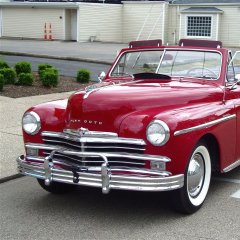
Hi, I'll dig through my stuff this afternoon and see what's there. I remember one on a parts engine from a couple years ago. Gerry
-

My valve appears to be an earlier version. I took it apart and it looks to be in good condition. I don't think this valve was designed for a pressurized cooling system - probably from the '30's or '40's. I found a 1949 MOPAR part number - 1257 425. $50.00 plus shipping. Let me know if you're interested. It might be worth it to make an offer on the new one on eBay. There are also universal in-line cable operated valves that could be adapted. Gerry
-
Yes, I am interested. Looks like what I need. I did look at several universal valves but I would rather have one closer to the original. How does the cable wire attach?
-



